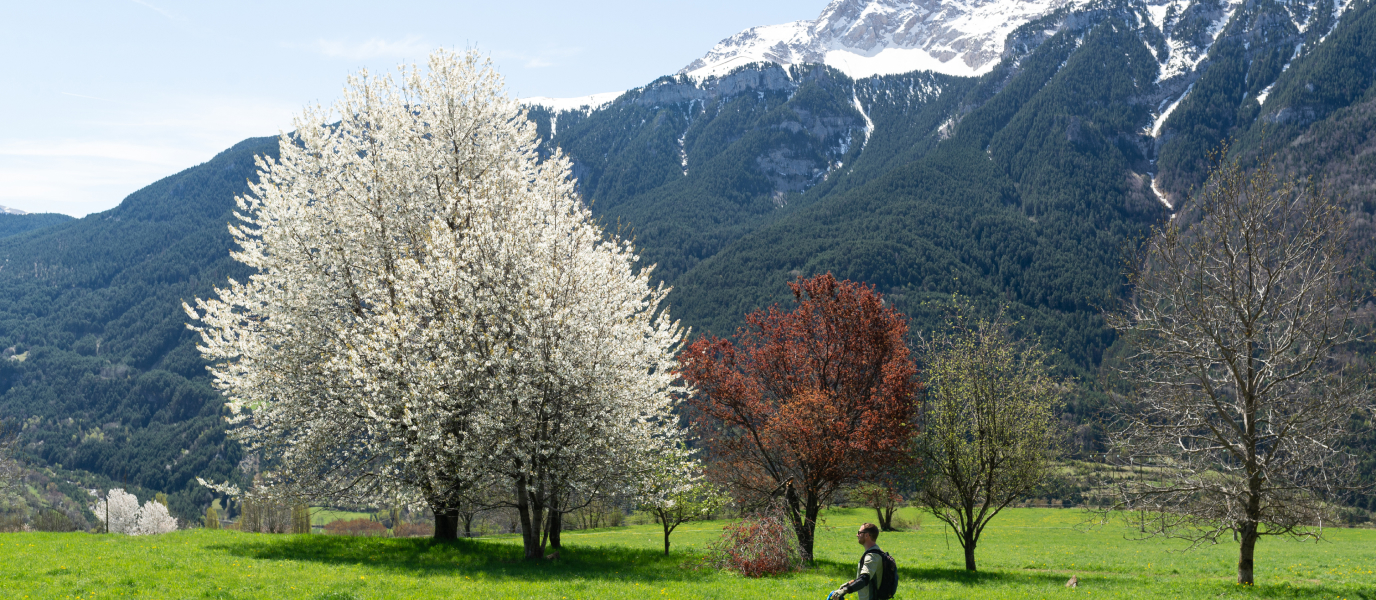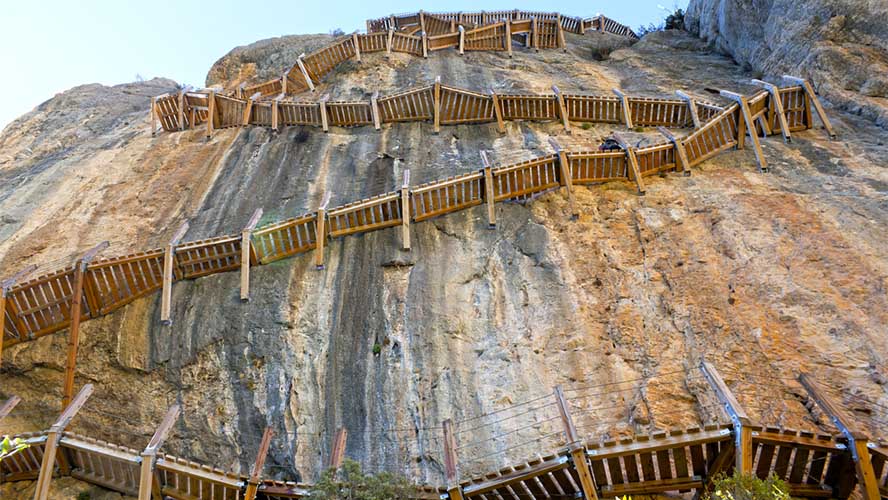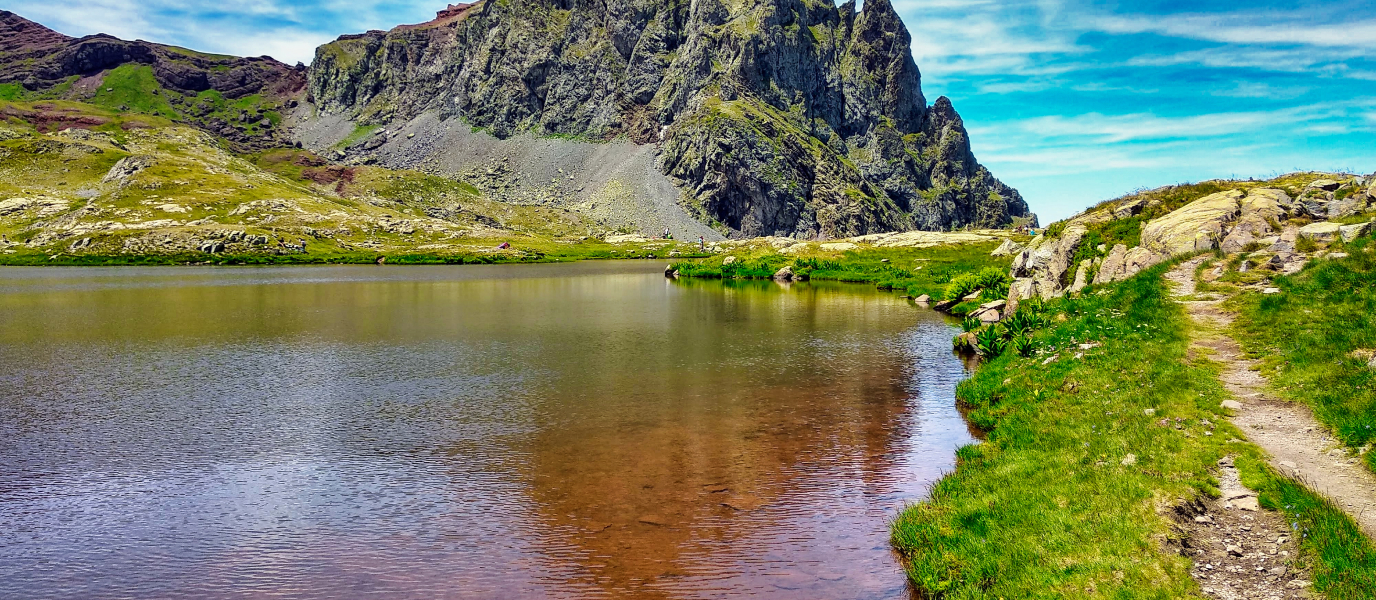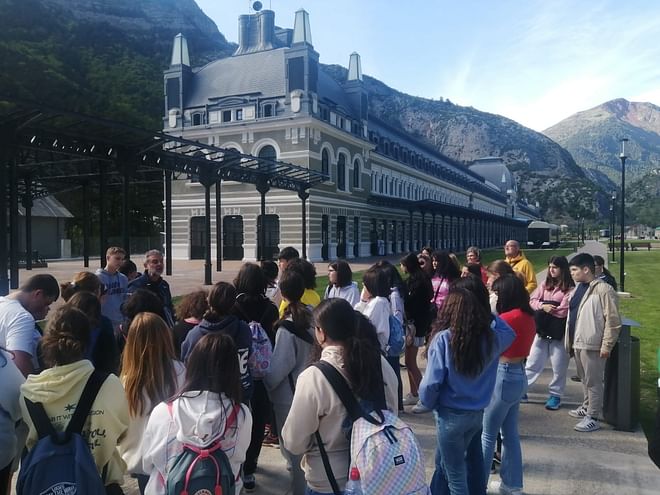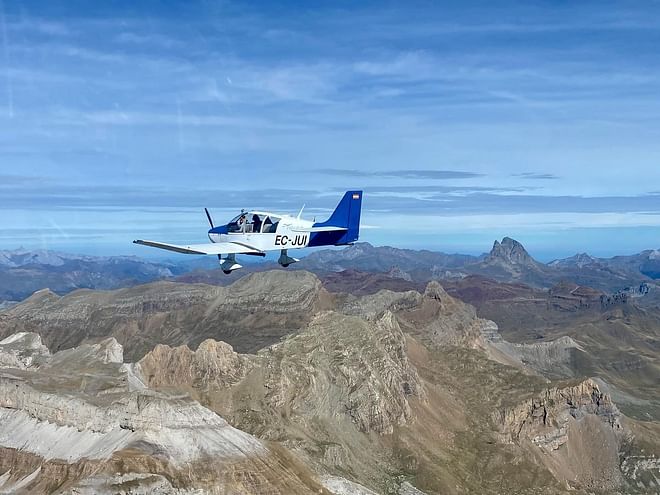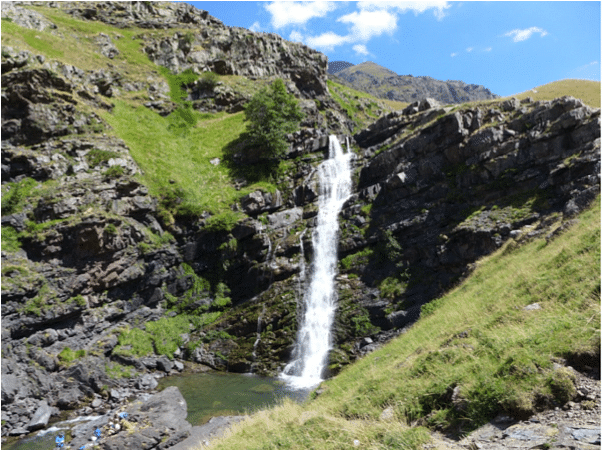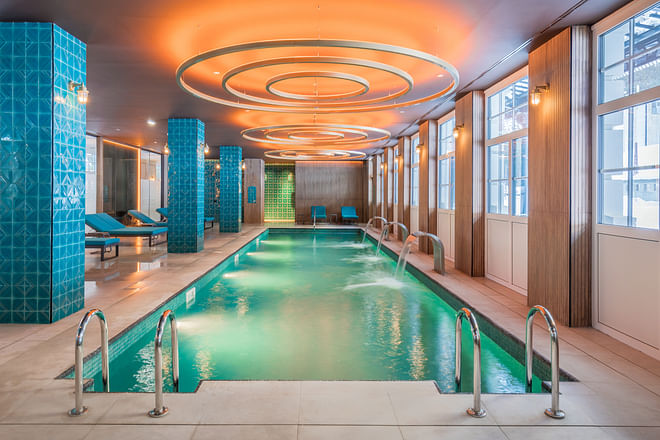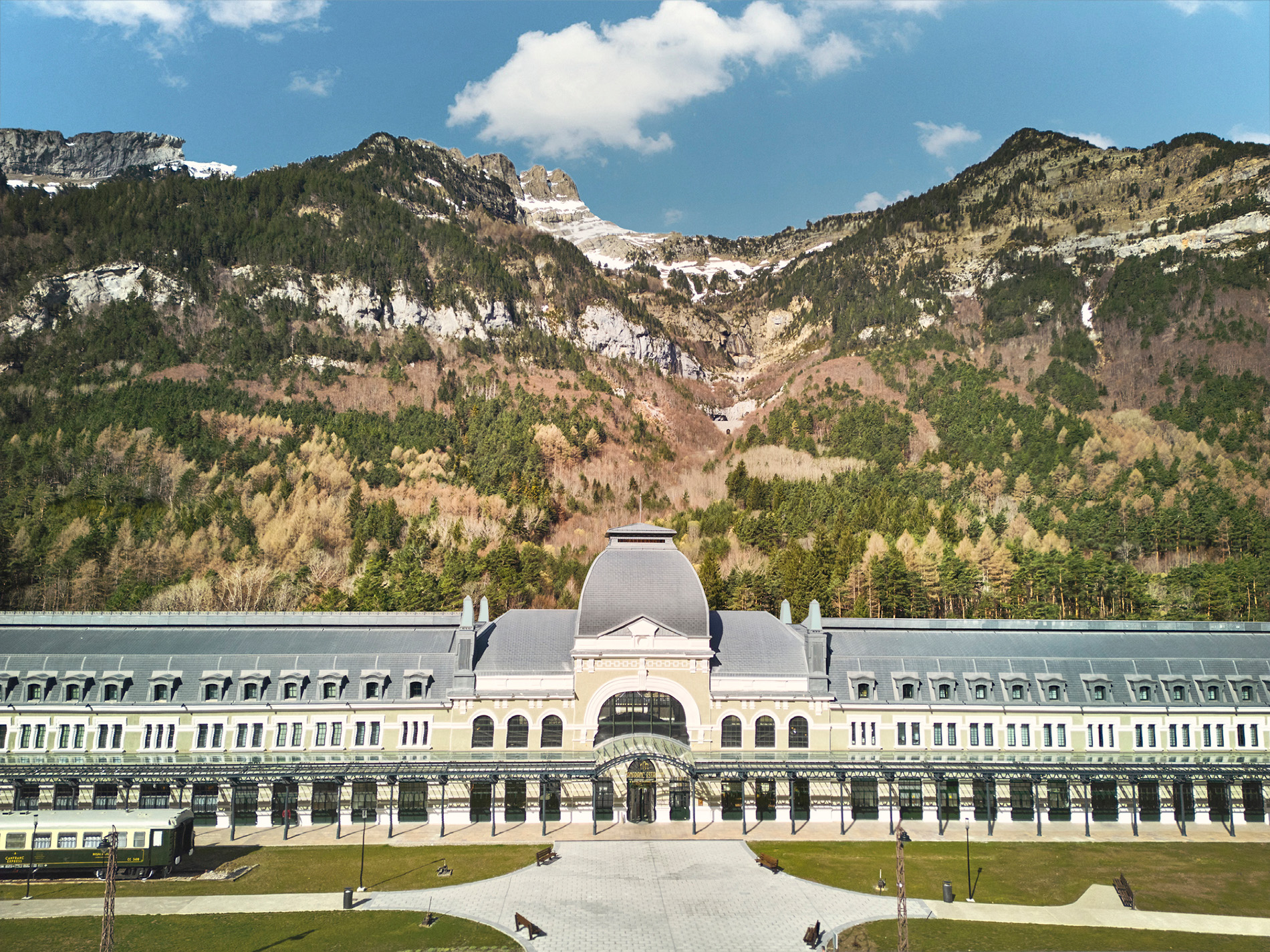The province of Huesca is a gem for those who love skiing. The Aragonese Pyrenees with five alpine ski stations, all of which are renowned in Spain and have ideal conditions for practising this sport. The variety of ski stations in Huesca enables skiers and snowboarders at any level to find their ideal spot for enjoying these winter sports.
In this article, we will analyse each ski station in Huesca to help you choose the one which is most suitable for you.
Formigal ski station
The Aramón-Formigal station is the jewel in the crown of the Huesca Pyrenees and one of the most important in the Iberian Peninsula. Formigal has 141 kilometres of skiable slopes, and is the second largest in Spain. It belongs to the public limited company Aramón and since 2014 has combined its ski pass with the one for the nearby station of Aramón Panticosa. This has resulted in the largest skiable domain in Spain for the same ski pass, with 180 kilometres of slopes.
Formigal is located at the start of the course of the river Gállego, by the border with France and it is very easy to get there from Huesca. There are also various localities which provide accommodation, such as Biescas, Sallent de Gállego or Formigal itself. It has slopes for all levels, from beginners to the highly expert, with several off-piste areas. For these reasons, it is the ideal and preferred station in the Aragonese Pyrenees.
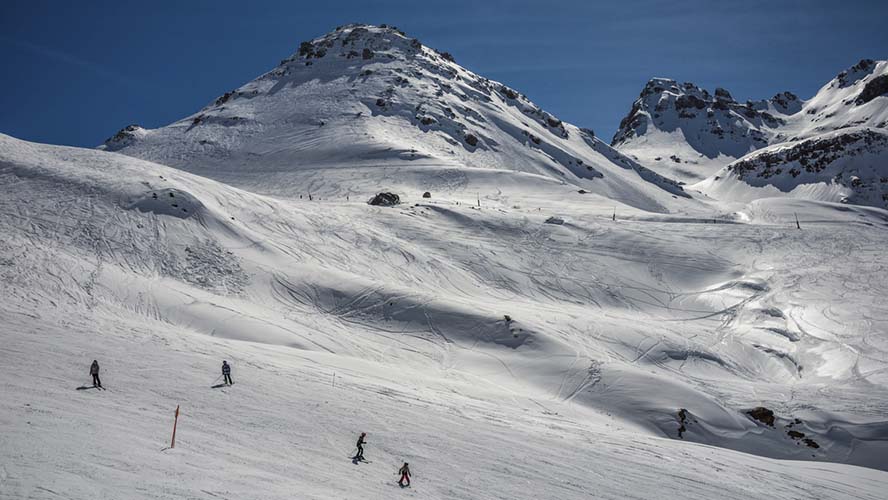
The breadth of the station (it covers four different valleys which are interconnected) enables the thousands of visiting skiers to be well distributed. Out of all the valleys in the station, Sarrios is that which provides top quality snow. With a maximum altitude of 2,250 metres and a minimum one of 1,510 metres, Formigal is not too high up, but it has natural, good quality snow and slopes which have extensive skiable areas.
However, if there is one thing that has given Formigal a boost in recent years it must be après-ski. That is, the recreational activities undertaken after a day skiing. The best known is Marchica, a popular bar with a terrace-disco which provides entertainment in the evenings in the Sextas annex building until it closes, at around 9 p.m. This is an après-ski which also provides downhill sledge rides, dinners at the station and nightclubs. The latter two are in Formigal village.
Panticosa ski station
Aramón Panticosa is a charming station located on the ascent towards Formigal, with which it shares its ski pass. One of the features of Panticosa is that it is accessed by cable car from the village itself. This is one of the few cable cars there are at Spanish ski stations. Once up there, we will find a ski station with 39 skiable kilometres.
As it shares its ski pass with Formigal, Panticosa is a perfect getaway for days when its sister station (which is far larger and more popular) becomes crowded with skiers. Panticosa provides that unique sense of peace which can only be found in the mountains.
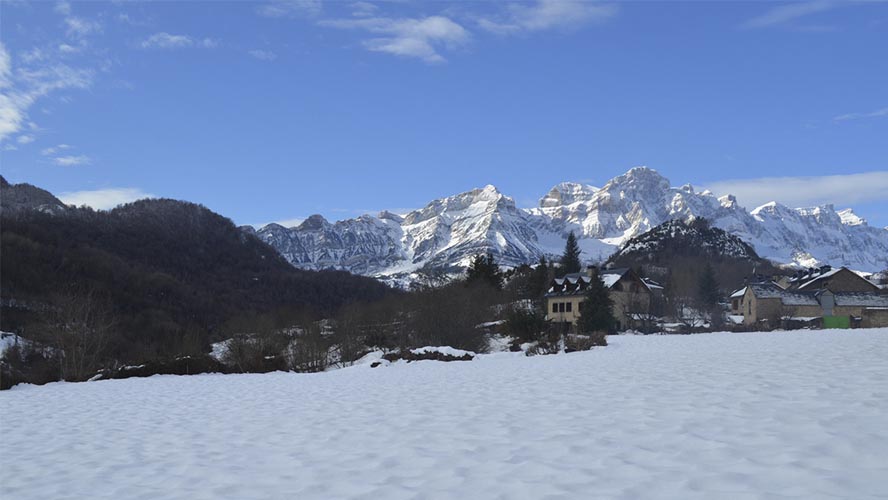
Panticosa is divided into valleys or sectors: Sabocos and Petrosos. Petrosos is where the hub of the ski station is, with a services building and a broad area which is ideal for children to learn. Sabocos, however, is pure mountain, with spectacular scenery such as “ibones” (small mountain lakes) which can rarely be seen in ski stations.
Moreover, Panticosa has a historic spa, just a few kilometres away. This is one more attraction to visit in this hidden spot in the basin of the Gállego river.
Cerler ski station
The Aramón Cerler ski station is one of the most attractive ones in the whole of Spain and is usually chosen as the best station year after year. Its altitude, the quality of the snow, its beauty and proximity to Benasque, make Cerler one of the favourite destinations for skiers. Cerler is also part of the public limited company Aramón.
Cerler has 77 skiable kilometres spread out over 10 green,18 blue, 25 red and 14 black slopes. The balance between skier levels here is rarely seen at other medium-sized stations.
Cerler has two fundamental features: its altitude and its famous nine-kilometre slope. Until 2020 the 9K slope was the longest in Europe, a spectacular descent for intermediate level skiers which exploits the differences in altitude at the station, from top to bottom without stopping. The maximum altitude at Cerler is 2,630 metres, while the minimum is around 1,500 metres. That is, there is a skiable difference in altitude of over 1,100 metres.
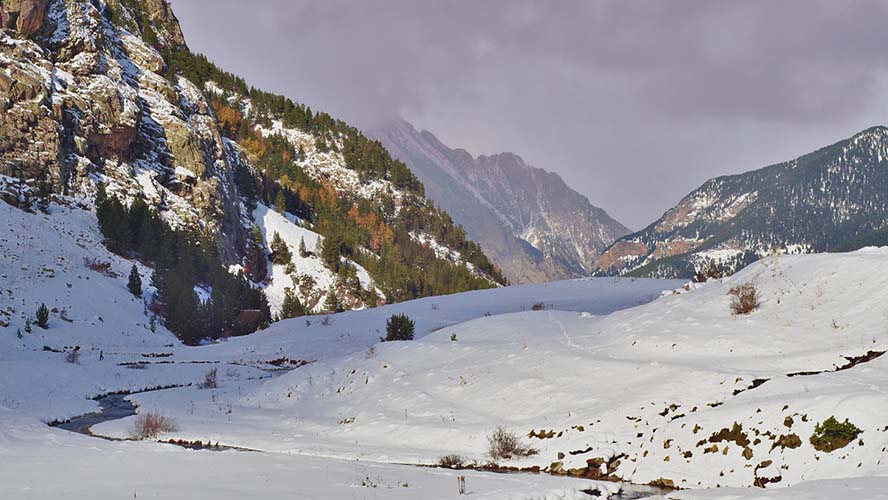
Although this is not the Formigal après-ski, Cerler also has a terrace bar with a DJ where you can relax after your day skiing. Remáscaro, located at the main entrance, is a good place to have a drink, a soup or a nice hot chocolate.
The other attraction in Cerler is the nearby village of Benasque, located before the ascent to the station. Benasque is one of the most beautiful villages in the Pyrenees where there is a nice atmosphere with bars and taverns to spend an evening out.
Astún Station
In the next valley to the west which leads to Formigal from Jaca, we will come across the river Aragon, another passageway which crosses the border with France. A few kilometres away from the Canfranc border are two other traditional stations in Huesca, Astún and Candanchú, which are practically opposite each other. Both are ski stations belonging to Jaca as it is nearby and easy to get to from there.
Astún is an excellent medium-sized station, with 40 marked kilometres and 51 slopes, since 22 of them are red level. It also has 10 skiable itineraries 10 kilometres long, which are just for expert skiers.
The altitude at Astún goes from 1,658 metres to 2,265 metres. It’s orientation enables it to keep snow in good conditions.
Astún spreads out from the base of the station, where there are different services and accommodation at the foot of the slope. From the base, three different chair lifts go up to the high areas where most slopes start. This feature helps distribute the skiers well and makes it very easy for them to move around. Inaugurated in 1976, Astún is the newest station in the Aragonese Pyrenees.
Candanchú Station
Three kilometres from modern Astún,on the same access road is Candanchú, the oldest ski station in Spain, which opened in 1928. It is a traditional Spanish station and also one of the most beautiful, which has a very unique Alpine feel.
Candanchú also has 50 skiable kilometres. Unlike its neighbouring station, it is a tough one. Out of a total of 51 slopes,16 are red and 13 are black. It operates at higher altitudes, from 1.530 metres up to 2,400 metres. It has some steep slopes and many off-piste areas catering for more expert skiers.
Despite clearly being for experts, Candanchú also has a broad area for beginners, “El Tobazo Bajo”. Perhaps, intermediate skiers are those who would least enjoy this station.
At the same station there is a resort with hotels, flats and other services where accommodation is provided at practically the foot of the slopes. Moreover, it has a good selection of restaurants.




































































